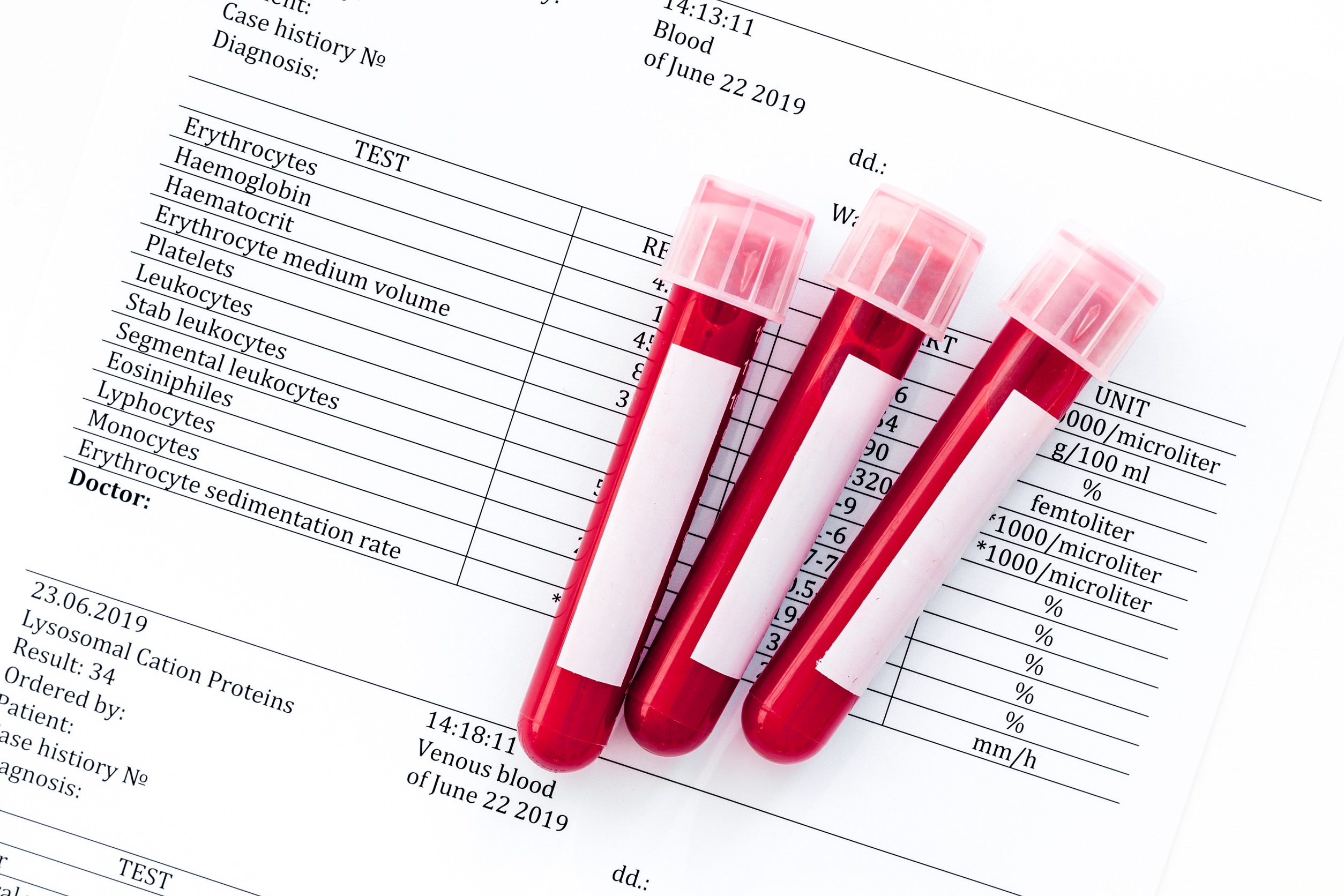In a world full of fitness trackers, health apps, and wearables that promise to reveal the mysteries of your body, there’s still no substitute for a good old-fashioned blood test. Blood doesn’t lie—it offers a snapshot of what’s happening inside, often before any symptoms show up.
Whether it’s identifying silent risks like high cholesterol or catching signs of inflammation, a few routine lab tests can be remarkably revealing. The best part? Most of these tests are inexpensive, widely available, and require just a quick visit to a clinic or lab.
The Power Of Blood Tests & Your Health
Understanding which tests truly matter can help anyone take control of their well-being, avoid surprises, and make more informed health decisions. If you are looking to take control of your life and live a healthy and happy existence, you will want to make sure you pursue certain ones.
Complete Blood Count (CBC)
The Complete Blood Count is often the first blood test a doctor orders because it gives a comprehensive overview of overall health. It measures the levels of red blood cells, white blood cells, hemoglobin, hematocrit, and platelets—all key components of your blood. This test can detect a range of issues like infections, anemia, and immune system disorders.
An unusually high or low white blood cell count, for instance, could indicate infection, inflammation, or even something more serious like leukemia. If fatigue, bruising, or recurrent infections are concerns, the CBC is a reliable place to begin.
Comprehensive Metabolic Panel (CMP)
The Comprehensive Metabolic Panel offers a detailed look at organ function, particularly the liver and kidneys, as well as electrolyte and fluid balance. It includes 14 different measurements, such as glucose levels, calcium, sodium, potassium, and liver enzymes like ALT and AST. This test can identify issues like diabetes, kidney dysfunction, and liver disease—sometimes long before symptoms appear. If someone has high blood pressure or takes medications that impact the liver or kidneys, the CMP provides valuable insight into how the body is coping. It’s a snapshot of how well the body’s internal systems are operating and if any red flags are emerging.
Lipid Panel
The Lipid Panel is essential for assessing heart health by measuring levels of cholesterol and triglycerides in the blood. It breaks down total cholesterol into LDL (bad cholesterol), HDL (good cholesterol), and triglycerides, providing a clear picture of cardiovascular risk. Elevated LDL levels can contribute to plaque buildup in arteries, increasing the chances of heart attack or stroke. On the flip side, higher HDL levels help clear excess cholesterol from the bloodstream, offering some protection. For anyone concerned about heart disease—or with a family history of it—this test offers one of the clearest warning signals.
Hemoglobin A1C
Hemoglobin A1C, also called the A1C test, reveals average blood sugar levels over the past two to three months. Unlike a standard glucose test, which measures blood sugar at a single point in time, A1C shows whether levels have been consistently high or within a healthy range. It’s a crucial tool for diagnosing prediabetes and diabetes, often detecting problems long before symptoms arise.
An A1C level of 5.7% to 6.4% indicates prediabetes, while 6.5% or higher typically signals diabetes. For those monitoring blood sugar or aiming to prevent long-term complications like nerve damage and kidney failure, this test is non-negotiable.
High-Sensitivity C-Reactive Protein (hs-CRP)
The High-Sensitivity C-Reactive Protein test is a powerful marker of inflammation in the body, even when it’s low-grade and chronic. Elevated hs-CRP levels are linked to an increased risk of heart disease, stroke, and certain autoimmune conditions. What makes this test stand out is its ability to detect inflammation that might not cause any immediate symptoms but still poses serious long-term health risks. It’s especially useful for assessing hidden cardiovascular risks, particularly when cholesterol levels appear normal but other factors raise concern. Inflammation is often a silent enemy, and hs-CRP helps bring it into the light.
The Power of Prevention Through a Few Drops of Blood
These five blood tests cover a wide spectrum of bodily functions—ranging from immune defense and organ health to metabolic balance and cardiovascular risk. By routinely checking these indicators, it becomes much easier to catch problems early, adjust lifestyle habits, or even begin treatment before a condition worsens.
What makes them so powerful is not just their individual insights, but how they complement each other to provide a full-body picture. Together, they serve as a preventive health toolkit that empowers people to take action before a crisis strikes. Rather than waiting for something to go wrong, these tests support a proactive approach to health that pays off for years to come.
A Simple Step Toward a Healthier Future
In today’s fast-paced world, health can sometimes take a back seat to work, stress, and daily obligations. But taking time for a simple blood test—or a few—can mean the difference between living reactively and living intentionally.
The sooner people understand what’s happening beneath the surface, the better positioned they are to make informed choices and stay ahead of potential health threats. There’s no need for fancy diagnostics or endless testing when just a handful of well-chosen labs can do so much. These tests are simple, accessible, and potentially life-changing.
What do you think? Are there any other blood tests you believe should be on this list? Add your thoughts or share your experience in the comments below—your insight could help someone else take a smarter step toward better health.
Read More
Why Early Warning Signs Are Ignored in So Many Health Crises
5 Times the Health Care System Got it Disastrously Wrong


